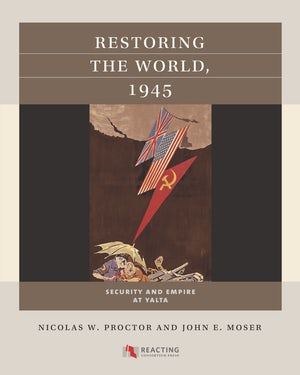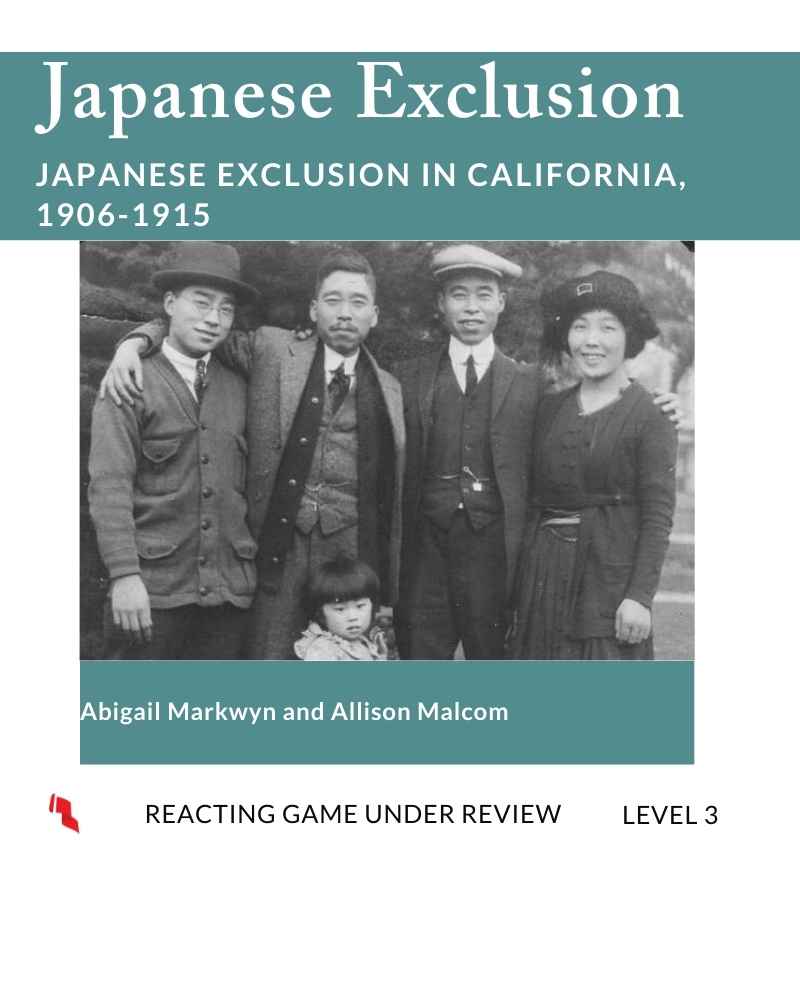 |
CHALLENGING THE CAMPS
Korematsu v. United States, 1944
by Michael A. Barnhart
 
Play this game recently? | Rights versus Responsibilities After the Pearl Harbor attack, Fred Korematsu decided to defy President Franklin Roosevelt's Executive Order 9066 requiring all Japanese-Americans to report to "internment" camps. He appealed his arrest as a violation of his constitutional rights. His case reached the United States Supreme Court in 1944. This game recreates that case. |
Details
|
Using the Game |
Class Size and Scalability |
Reacting Consortium members can access all downloadable materials below. You will be asked to sign in before downloading. Please fill out the Permissions Request Form before using Challenging the Camps in your class!
|
Not A Member But Still Interested? |
-
 Challenging the Camps: Korematsu v. United States, 1944
$10.00$0.00 - Member price
Challenging the Camps: Korematsu v. United States, 1944
$10.00$0.00 - Member price
Michael A. Barnhart
Michael A. Barnhart is a Distinguished Teaching Professor Emeritus, Department of History at Stony Brook University, who has taught there for forty years. For over twenty years, Micheal has used simulations as teaching tools. He has also written a book about using simulations entitled "Can You Beat Churchill?" along with other, more traditional academic publications such as "Japan Prepares for Total War."
|
Members can contact game authors directly if they have questions about using the game. We also invite instructors join our Facebook Faculty Lounge, where you'll find a wonderful community eager to help and answer questions.
|
|


